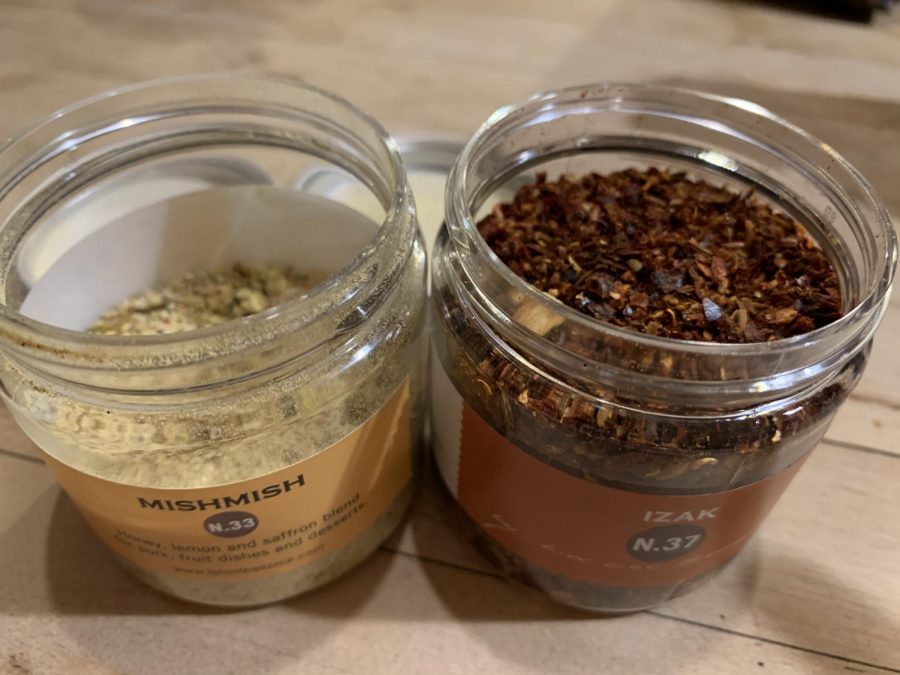Why Spices Are Essential in Every Kitchen
March 5, 2020
Spice has been a part of every cuisine across the globe as an essential to good cooking. Ana Sortun, a famous chef in Massachusetts who opened up the three sister restaurants Oleana, Sarma, and Sofra and also won a James Beard Award in 2005, says “spices add richness and depth without making a dish heavy.” There is great power when it comes to spice, allowing one to add a twist to a familiar dish, changing the flavor altogether or adding greatness and complexity. However, there are still cookbooks published without the mere mention of spice which screams lack of imagination.
To begin to understand the absolute power of spices, it’s important to get a sense of the range that they have. For example, there are two main kinds of turmeric – one, though a brighter yellow, has less character but is more widely used across the US, while the other more rarely found, is darker but more flavorful. There are millions of kinds of chilis, not just paprika, but Marash, Urfa (which is extremely interesting when used in chocolate due to its deeper, earthier slow burn), Aleppo, cayenne, Kashmiri, etc… There are hundreds of different kinds of oregano even though there are only 4 known species of it, just because of where it is grown. Oregano grown in Turkey will taste wildly different from oregano grown in Mexico. Coriander from India is more citrusy than coriander from Morocco.
Lior Lev Sercarz, author of Mastering Spice and creator of La Boîte in NYC, makes a point of inventing amazing spice blends such as MishMish, Shabazi, Izak, and more, so that people can be inspired to make dishes starting with the flavor of the spices instead of the other way around. He grew up questioning why certain spices were labeled as “fish spice” or “pork spice” and challenged the idea of spice altogether. In order to use spices effectively and creatively, one must “expand their spice vocabulary by smelling and tasting.” It’s very common for chefs to simply take a pinch of a spice and eat it straight up so that they can better understand and come to terms with the raw flavor of it. Is it sweet? Is it spicy? Is it salty? What flavor notes does it have? By doing this, more original and innovative spice blends and combinations can be formed within normal kitchens: spices aren’t just for professional chefs! In fact, Chris Burton, a sous chef at Oleana concludes that “everyone should use more spice.” Not only does he mean everyone should use a higher amount of spices in the dishes they cook, but they should also be using a wider range and explore different flavors.
This piece also appears in our February 2020 print edition.









